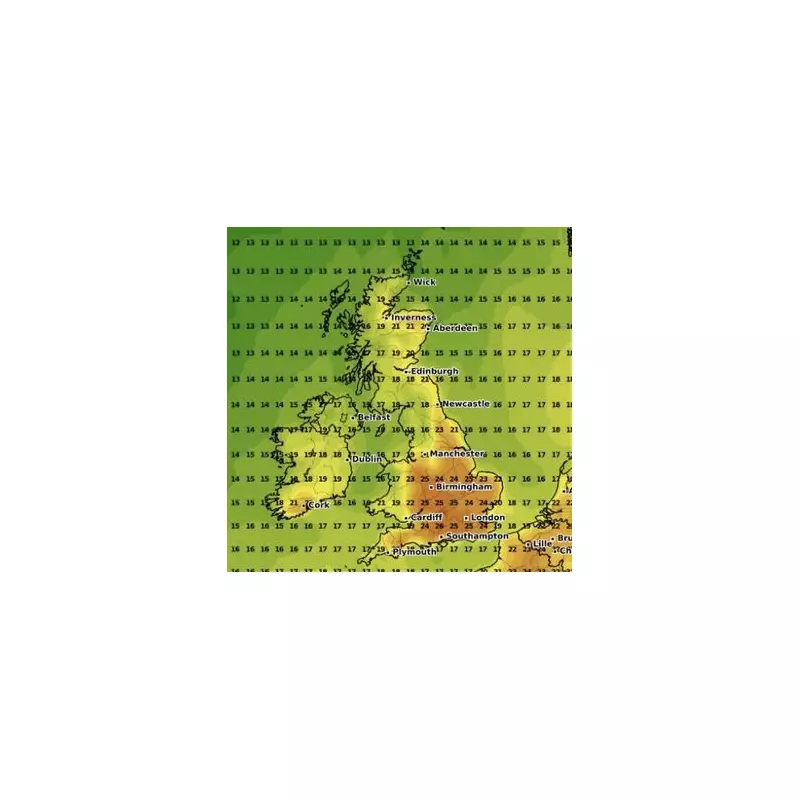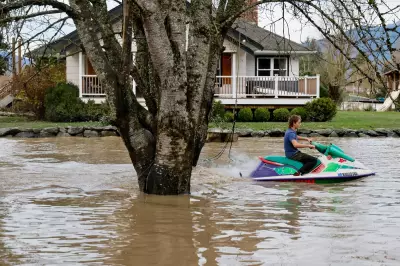
After weeks of unpredictable spring showers, Britain is finally set to bask in glorious sunshine as forecasters pinpoint the exact date summer temperatures will return.
The Great British Weather U-Turn
Meteorological models now indicate a significant high-pressure system building over the Atlantic, which will sweep away the current unsettled conditions. This atmospheric shift promises to deliver proper summer weather just as schools break up for holidays.
When to Expect the Heat
Weather experts confirm temperatures will begin climbing steadily from June 24th, peaking during the first week of July when thermometers could hit 28°C (82°F) across southern regions.
The Met Office's long-range forecast suggests:
- Gradual warming from late June
- Sustained high pressure throughout July
- Lower than average rainfall for southern counties
- Potential heatwave conditions in early July
Regional Variations
While all parts of the UK will experience warmer conditions, the southeast will see the most dramatic change:
London and Home Counties: Peak temperatures of 26-28°C with prolonged sunshine
Midlands and Northwest: Comfortable 22-24°C with occasional cloud
Scotland and Northern Ireland: Pleasant 18-21°C, perfect for outdoor activities
Summer Holiday Boost
The timing couldn't be better for families planning staycations, with the weather improving just as most schools break up. Tourism officials predict a boom for coastal resorts and national parks as Brits make the most of the homegrown sunshine.
Beach destinations like Brighton, Bournemouth and Blackpool are already reporting increased bookings for early July, while camping sites across the Lake District and Peak District are filling fast.
Health Advisory
While the sunshine will be welcomed by many, health officials remind the public to:
- Stay hydrated throughout the day
- Apply high-factor sunscreen regularly
- Seek shade during peak UV hours (11am-3pm)
- Check on vulnerable neighbours and relatives
The predicted heatwave follows what has been one of the wettest springs on record in parts of southern England, with some areas receiving double their average rainfall.





